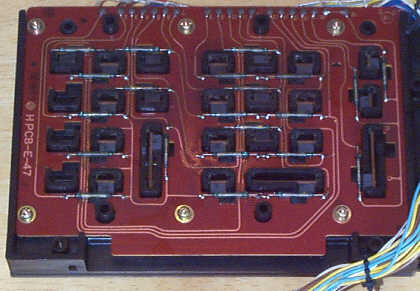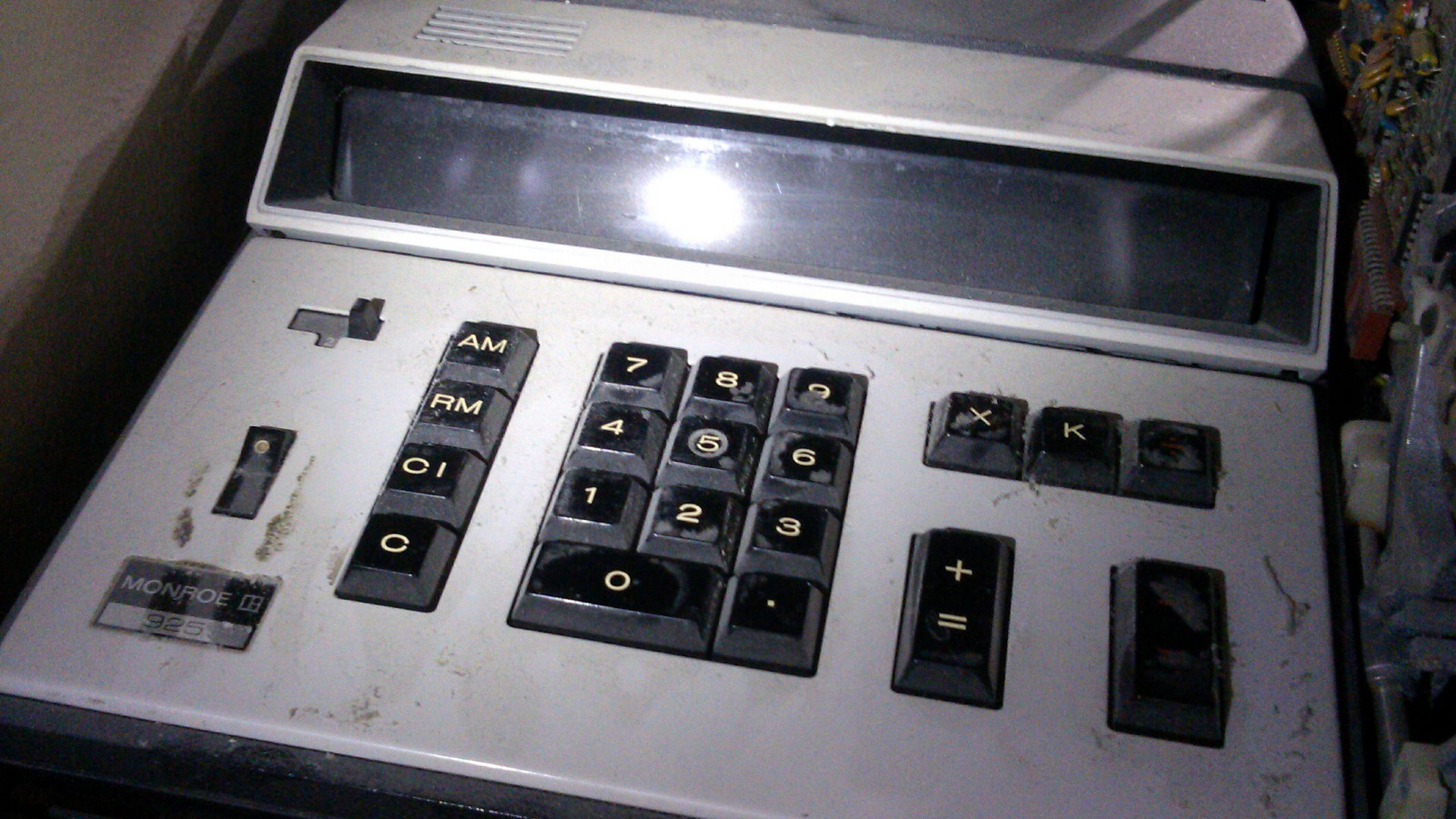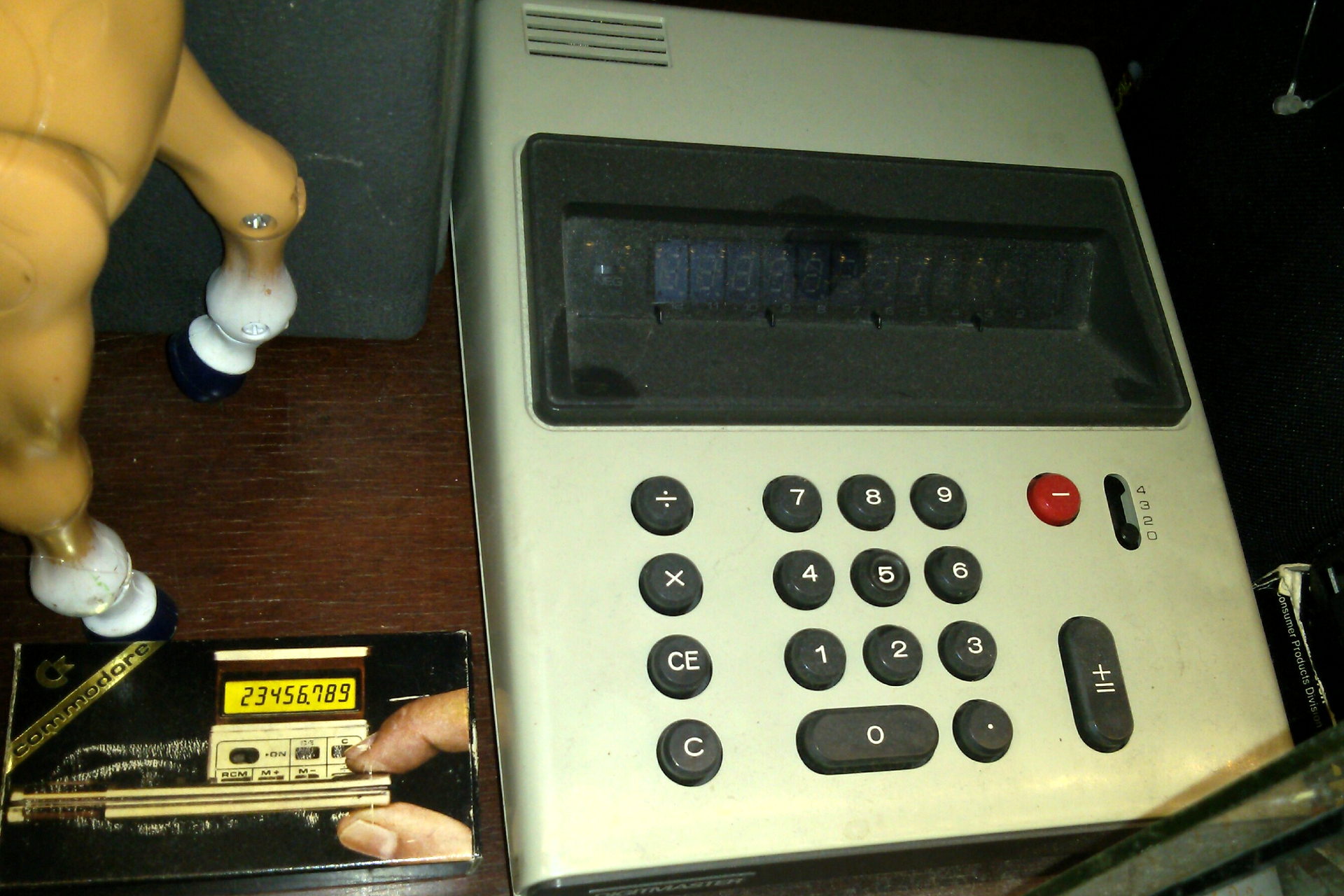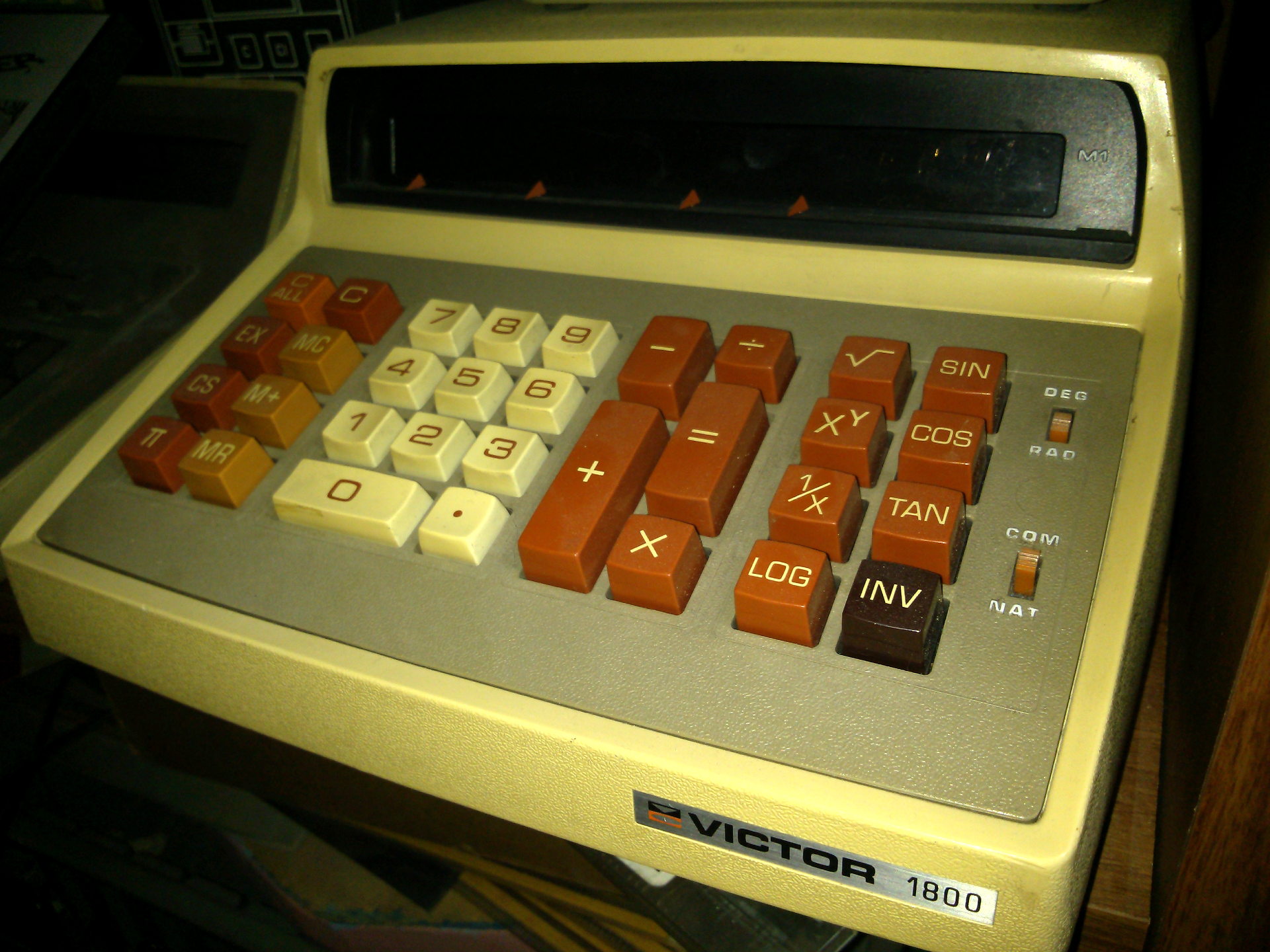So... do ALL regular OEM or generic retail keyboards targeted for Windows now have this?
...

So basically, would this be referred to as a "chamfered mound" then, right? The inverse would be a "chamfered scoop"?
I may be a bit out of the loop when it comes to Windows. I ran a Mac G5 tower previously, and then built a Hackintosh in a 1939 Philco radio cabinet, using a Gigabyte mobo with a 3.5 GHz quad core i7. I still used Mac keyboards on it, till the crummy membranes all went to crap. The last keyboard I had that worked was a bluetooth Logitech. That's when I said enough is enough and started building my own custom mechanical Nearly done too!

Still... I feel absolutely certain Microsoft is not the first to do that, cause I feel like I have felt that AGES ago on something in my collection, but I just do not remember what it was! I wanna get out to my storage unit some time and look through things... See if I can't find anything.
*** And I looked... So I found a few interesting key caps on some of my old calculators. Still have not gotten out to the storage unit... These are only the ones I have in my home.

- SingerFridenEC1017.jpg (330.72 KiB) Viewed 2276 times
This is my Singer-Friden EC1017. My EC1117A and EC1118 have similar keys, but the EC1017 has the most pronounced chamfer. It's a very mild scoop, polished, with a chamfer around the edge... I think THIS is what I was remembering, but I'm not sure. Oddly, the earliest model numbers are the highest, with the EC1118 being the oldest model, featuring nixie tubes, and released back in 1971. The EC1118 has a barely perceptible edge to the scoops. You need your fingernail to catch it. The EC1117A is a Vacuum Florescent Display revision released in 1963, replacing the EC1117 model from 1961 (like the EC1118, it too used nixie tubes). The EC1117A has a more defined edge than the EC1118. That comes back to the EC1017. That's the newest model (smaller case, fewer chips to do the same work, etc). It's keys have a far more pronounced chamfer than the older two models...
I have no idea if this is mold wear, or a gradual progression of revisions based on possibly customer feedback or in-house testing or something? I don't know. The keys do feel good, better than that Windows key on my Logitech.


- friden1117kb.jpg (22.63 KiB) Viewed 2276 times
The Friden switches are magnetically actuated, glass encapsulated reed switches. These will last decades, even in poor environments, with no signs of electrical troubles at all! Top quality switch design for the day. Similar to halls, but cheaper. If you listen closely, you can sometimes hear the reed "twang" when you press or release a key!


- Monroe925.jpg (357.8 KiB) Viewed 2276 times
My Monroe 925 has a very small chamfer on an average sized key. It's hard to tell if it's raised at the center or not, due to how small it is. Interesting trivia: This calculator's memory is a coil of wire, maybe a little over a meter long that has transducers at each end. the transducer is like a speaker, and sends vibrations down the wire, like flicking a whip and watching a wave of motion travel from the handle to the tip. It's called a magnetostrictive delay line, and int he 1960s and early 1970s... this was the most common cheap memory you could build, without resorting to the very expensive magnetic core memory. The moar you know!


- Digitmaster.jpg (331.28 KiB) Viewed 2276 times
Doing. It. Wrong.
These keys are cheap feeling, tiny, and that "scoop" is actually flat bottomed! No scoop at all, just a pit!
Datamaster... More like... Uhh... I got nothin'


- Victor1800.jpg (378.36 KiB) Viewed 2276 times
These keys are not related, but I thought it was an interesting homing concept... Rather than go with spherical keys, this one uses cylindrical keys, but they rotate the orientation of the cylinder 90° for the home row and for the zero and decimal... That's certainly different. Just thought I'd share that bit of uniqueness. The Victor 1800 scientific calculator happens to be a rather uncommon model, btw.
Also... dang! I saw a lot of nipples on these old calculator's [5] keys! I didn't take any pictures, cause it's rude to photograph exposed nipples!
